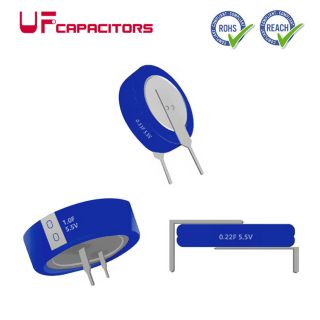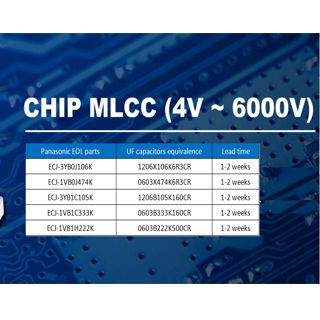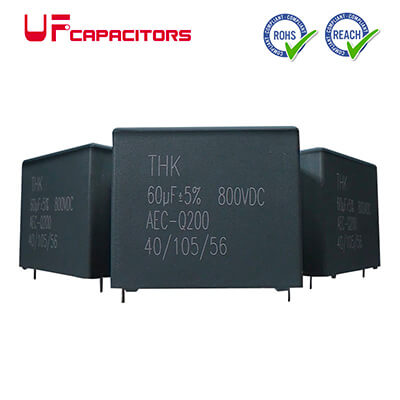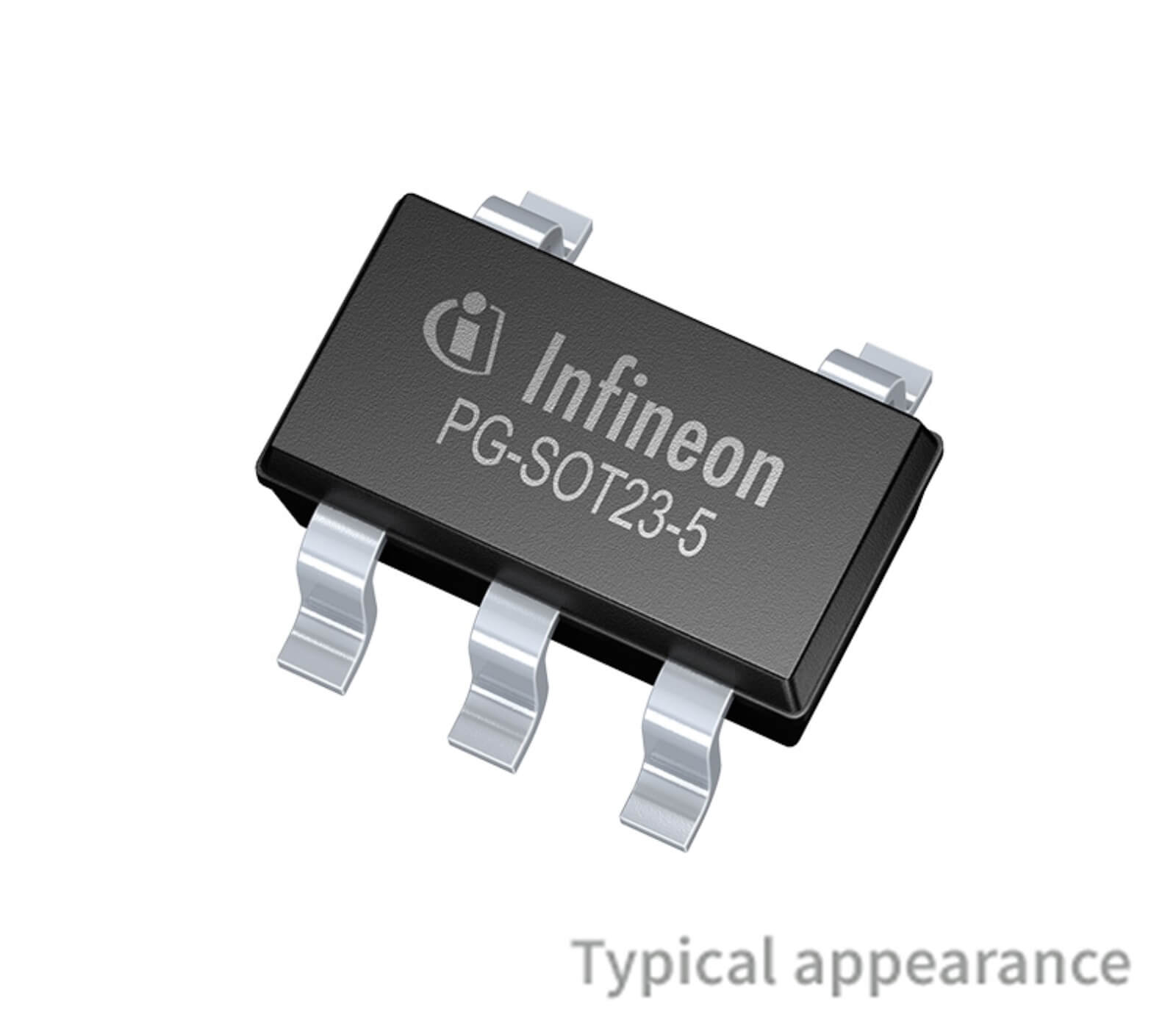Wet tantalum capacitors are a type of electrolytic capacitor known for their high reliability and performance in harsh environmental conditions. They are often used in applications where stability and long-term operation are critical, such as aerospace, military, and industrial applications. Here are some key characteristics and features of wet tantalum capacitors.
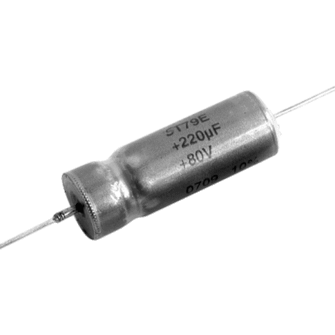
Tantalum Anode
The anode (positive electrode) of a wet tantalum capacitor is made of tantalum metal. Tantalum is chosen for its high capacitance per unit volume and excellent stability.
Electrolyte
Unlike solid tantalum capacitors, which use a solid electrolyte, wet tantalum capacitors use a wet electrolyte. The electrolyte is usually a liquid or gel-like substance that provides good ion conductivity and maintains the performance of the capacitor over time.
High Capacitance
Wet tantalum capacitors have relatively high capacitance values compared to some other types of electrolytic capacitors, which makes them suitable for applications requiring large capacitance in a small package.
High Voltage Ratings
They can be designed to handle high voltage levels, which makes them suitable for power supply and filtering applications.
Reliability
These capacitors are known for their reliability and long operational life. They are often used in critical systems where failure is not an option.
Wide Temperature Range
Wet tantalum capacitors can operate over a wide temperature range, making them suitable for extreme environmental conditions.
Hermetic Seal
To protect the electrolyte from moisture and contaminants, wet tantalum capacitors are typically hermetically sealed in a metal or glass enclosure. This hermetic seal ensures the long-term stability of the capacitor.
Non-Polarized
Wet tantalum capacitors are non-polarized, meaning they can be connected to an AC or DC voltage source without regard to polarity.
Limited Availability
While wet tantalum capacitors offer several advantages, they are less common and more expensive than other types of capacitors, such as aluminum electrolytic capacitors or ceramic capacitors. They are typically used in specialized applications where their unique properties are required.
Replacement Considerations
When considering the replacement of wet tantalum capacitors, it’s important to ensure that the replacement capacitors have similar specifications and are suitable for the environmental conditions of the application.
Wet tantalum capacitors are chosen for applications where their specific attributes, including high reliability, wide temperature range, and high voltage tolerance, are essential. However, their use is often limited to specialized industries due to their cost and the availability of alternative capacitor technologies.

